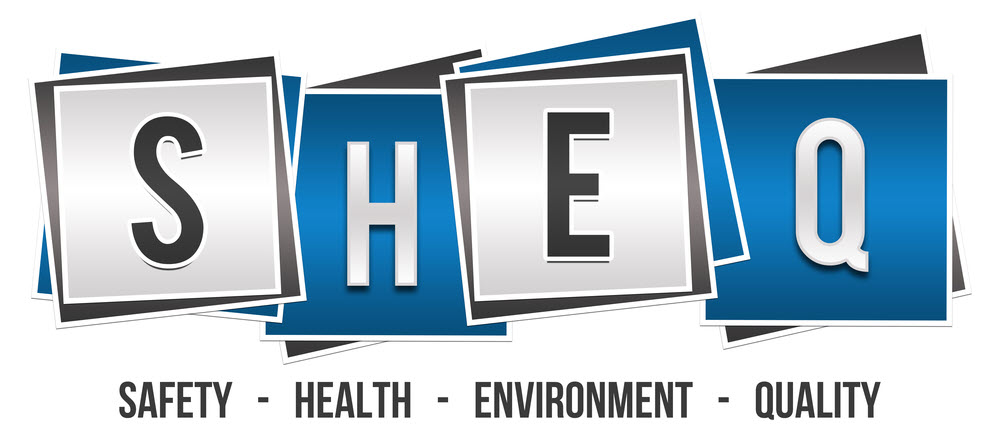EQMS Blog

Key Health and Safety Legislations in UK
Ensuring the health, safety, and welfare of employees and the public is a fundamental responsibility for employers across all industries. The health and safety legislations in UK form the backbone of this responsibility, setting out clear legal obligations to prevent workplace accidents and illnesses. These laws are enforced by the Health and Safety Executive (HSE) and local authorities, and apply to all types of work environments, from offices and factories, to construction sites and care homes.
Health and Safety at Work etc. Act 1974
The cornerstone of all health and safety legislations in UK, the Health and Safety at Work etc. Act 1974 (HSWA) is a comprehensive piece of legislation that outlines the general duties of employers, employees and other stakeholders in maintaining a safe working environment.
Main Duties Under the Act
- Employers’ Responsibilities: Employers must ensure, so far as is reasonably practicable, the health, safety, and welfare of their employees. This includes providing safe equipment, safe systems of work, adequate training, and a healthy working environment.
- Employees’ Duties: Employees are required to take reasonable care of their own health and safety, and that of others who may be affected by their actions or omissions at work. They must also co-operate with their employer to enable compliance with statutory duties.
- Enforcement: The HSE and local authorities have powers to inspect workplaces, investigate incidents, and issue enforcement notices. Non-compliance can result in prosecution, fines, or even imprisonment.
The Act is supported by a wide range of regulations that cover specific areas of workplace safety in greater detail.
Key Supporting Regulations under the HSWA
Over the years, several important regulations have been introduced under the HSWA to address specific risks and industries. These regulations are crucial parts of the broader framework of health and safety legislations in UK.
Management of Health and Safety at Work Regulations 1999
These regulations build on the HSWA by requiring employers to carry out risk assessments for all work activities. Key provisions include.
- Identifying workplace hazards and evaluating associated risks.
- Implementing preventive and protective measures.
- Providing employees with information, instruction, and training.
- Appointing competent persons to manage health and safety duties.
Risk assessment is a fundamental legal requirement and should be regularly reviewed, particularly when introducing new processes, equipment, or substances.
The Manual Handling Operations Regulations 1992
This regulation addresses injuries caused by lifting, carrying, pushing, or pulling objects. Employers must.
- Avoid hazardous manual handling where possible.
- Assess the risk of injury from manual handling operations.
- Reduce the risk of injury through ergonomic design, training, and use of lifting aids.
Musculoskeletal disorders are one of the most common causes of workplace absence, making compliance with this regulation especially important.
Control of Substances Hazardous to Health (COSHH) Regulations 2002
COSHH covers the handling and use of hazardous substances such as chemicals, fumes, dusts, and biological agents. Employers are required to.
- Assess the health risks from hazardous substances.
- Prevent or control exposure through engineering controls or personal protective equipment (PPE).
- Monitor exposure levels and carry out health surveillance where appropriate.
Proper labelling, storage and employee training are also essential components of COSHH compliance.
Sector-Specific Health and Safety Legislations in UK
In addition to the general laws, there are specific health and safety legislations in UK that apply to high-risk sectors such as construction, agriculture and manufacturing. These laws address the unique challenges and hazards of these environments.
The Construction (Design and Management) Regulations 2015 (CDM Regulations)
The CDM Regulations aim to improve health and safety in the construction industry by promoting better planning, communication and risk management throughout a project’s lifecycle. Key features include.
- Clear definition of duties for clients, designers, and contractors.
- Requirement to appoint competent persons and principal designers/contractors.
- Development of a Construction Phase Plan for managing risks on site.
The construction sector remains one of the most hazardous industries in the UK, making strict adherence to CDM regulations vital.
The Reporting of Injuries, Diseases and Dangerous Occurrences Regulations 2013 (RIDDOR)
RIDDOR requires employers and responsible persons to report certain serious workplace incidents to the HSE, including.
- Work-related deaths and major injuries.
- Occupational diseases.
- Dangerous occurrences such as gas leaks, structural collapses, or explosions.
Accurate reporting ensures that hazards are identified and addressed, which helps inform national health and safety policy.
Conclusion
Understanding and complying with the health and safety legislations in UK is not only a legal requirement but also a moral and financial imperative. From the foundational Health and Safety at Work Act to industry-specific regulations like CDM and COSHH, these laws exist to protect people and promote a culture of safety and wellbeing.
Businesses that invest in health and safety are more likely to enjoy improved employee morale, reduced absenteeism and enhanced reputation. Regular training, up-to-date risk assessments and active engagement with safety procedures are essential for compliance and long-term success.
By staying informed and proactive, organisations can not only meet their legal obligations but also foster a workplace where people feel safe, valued, and productive.
If you are looking to validate if your organisation comply with the relevant legislations, feel free to contact us to discuss how we can support with carrying out a Legal Compliance Audit.
Continue to Legal Compliance Audit
Request a free consultation
Contact us to discuss your needs and see how we can support to reach your goal.

Recent posts

In today's increasingly regulated and safety-conscious business environment, organisations must maintain rigorous standards across Safety, Health, Environment, and Quality (SHEQ). These integrated disciplines are critical to ensuring operational excellence, legal...

Auditing plays a critical role in maintaining accountability, transparency, and continuous improvement within organisations. Whether conducted internally or by third-party auditors, the process of auditing is a vital mechanism to...

Health, Safety, and Environmental (HSE) audits are crucial for ensuring that organisations comply with relevant safety and environmental regulations. They not only help in maintaining a safe working environment but...
Just a Few of Our Clients
Request a Free Consultation
Contact us to discuss your needs and see how we can support to reach your goal.















